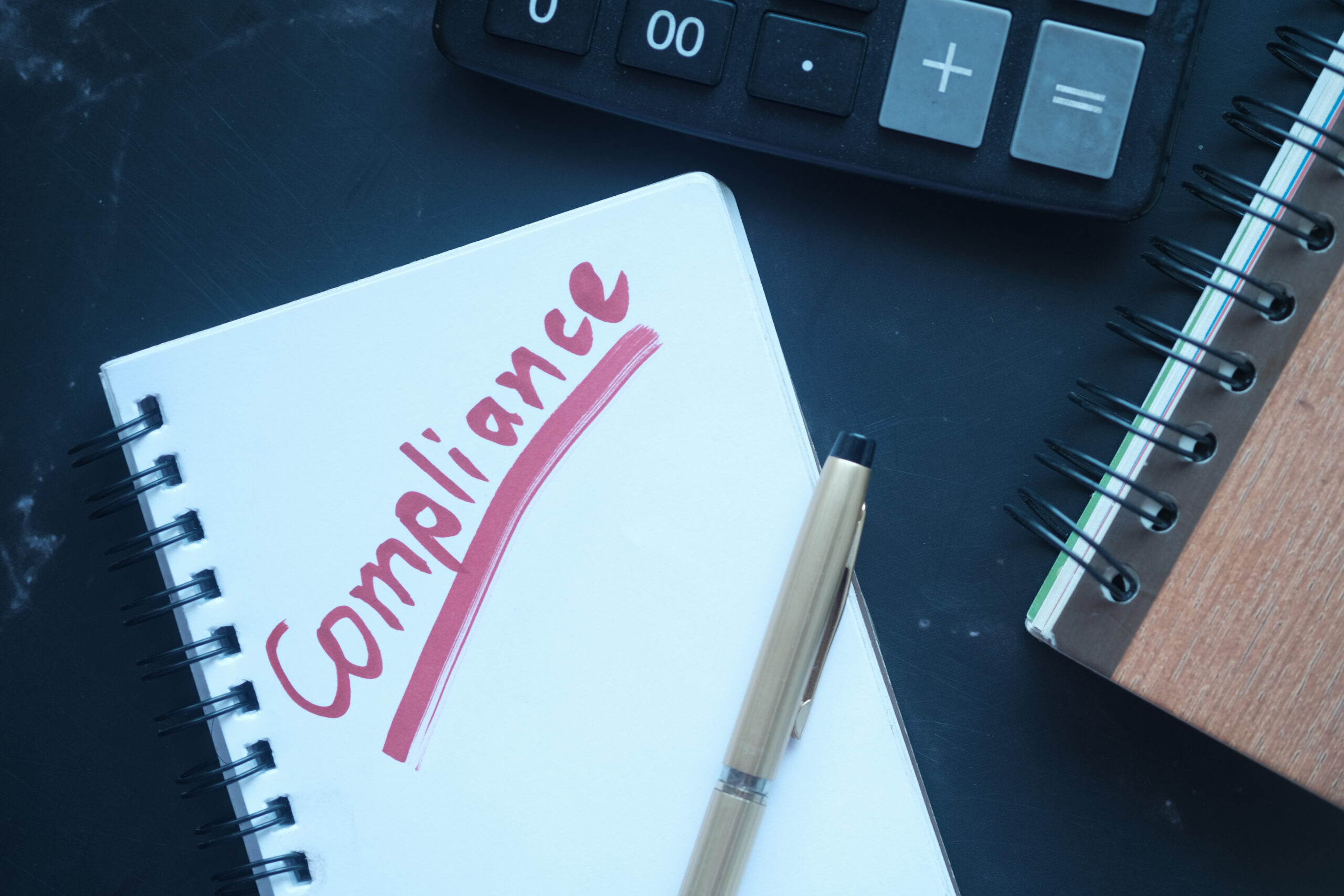Navigating the intricate pathways of workplace safety is akin to mastering a sophisticated art—the art of adherence to regulatory standards. At the forefront of this meticulous practice is aligning with the standards set by the Occupational Safety and Health Administration (OSHA). These protocols not only serve as a bulwark against workplace hazards but also enhance overall productivity. A thorough grasp of OSHA’s regulations is essential, marking the first step towards eliminating common risks such as trips, slips, and falls, thereby safeguarding the workforce and fostering a culture of proactive safety.
Here’s how organizations can master compliance with OSHA regulations to prevent workplace slips, trips, and falls:
1. Identify Potential Hazards:
– Conduct comprehensive workplace evaluations to identify areas where hazards like wet floors, uneven surfaces, clutter, and inadequate lighting could lead to accidents.
– Involve employees in the hazard identification process to broaden the scope of risk assessment and instill a sense of shared responsibility for workplace safety.
2. Implement Preventative Measures:
– Maintain unobstructed walking areas and ensure that lighting is sufficient, particularly in zones with heavy foot traffic.
– Install anti-slip flooring materials in areas prone to wetness to mitigate the risk of falls.
3. Conduct Regular Employee Training:
– Provide ongoing training for employees on hazard recognition, the importance of reporting potential risks, and the correct use of safety equipment.
– Keep the workforce abreast of safety standards and OSHA regulations through consistent training sessions.
4. Develop a Comprehensive Safety Plan:
– Craft a safety plan that details procedures for hazard identification, prevention strategies, and responses to accidents, including emergency evacuation routes and contact information for safety personnel.
5. Perform Routine Safety Audits:
– Regularly audit safety practices to ensure they align with OSHA standards, updating procedures as necessary based on the latest findings and employee feedback.
6. Maintain Detailed Records:
– Keep meticulous documentation of safety inspections, training sessions, incident reports, and corrective actions taken to comply with OSHA requirements.
7. Engage with Safety Experts:
– Consult with safety professionals to gain insights into the latest safety technologies and training techniques, and develop tailored safety strategies for the organization.
8. Cultivate a Safety-First Culture:
– Promote a workplace culture that values safety, encourages open reporting of hazards, and recognizes safe behavior, thereby contributing to a collective commitment to maintaining a safe work environment.
9. Stay Current with OSHA Updates:
– Keep informed about the latest OSHA regulations, participate in safety workshops, and engage in continuous learning to remain at the forefront of workplace safety.
In essence, mastery of OSHA compliance is not solely about fulfilling legal obligations; it represents a deeper commitment to the welfare of every employee, the efficiency of operations, and the ethical standards of an organization. It embodies the determination to protect against the avoidable and to raise the bar for safety standards across all working environments.








